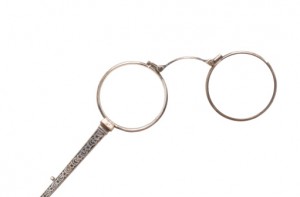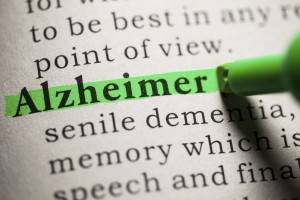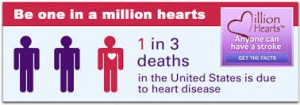
Men of all ages can experience prostate problems. The prostate, a small gland about the size of a walnut located below the bladder, helps make semen, which carries sperm from the testicles when a man ejaculates.
One problem is prostatitis, an inflammation or infection of the prostate. Prostatitis can affect men of all ages and is the number-one reason men under the age of 50 visit a urologist. In some cases, prostatitis is considered chronic if it lasts more than three months. It can follow an attack of acute prostatitis or may also be related to other urinary tract infections.
Some men don’t experience any symptoms, however, the primary symptom of chronic infectious prostatitis is usually repeated bladder infections.
Additional symptoms include:
. Frequent urge to urinate
. Difficulty urinating
. Pain or burning during urination
. Chills and fever
Other symptoms may include pain that comes and goes low in the abdomen, the anus, the groin, or the back. The prostate may swell, causing a less forceful urine stream. Sometimes blood in the urine, pain with sexual intercourse, and painful ejaculation are other symptoms of prostatitis.
If your doctor suspects that you have prostatitis or another prostate problem, he or she may refer you to a urologist (a doctor who specializes in diseases of the urinary tract and the male reproductive system) to confirm the diagnosis. A comprehensive exam will help evaluate whether the prostate gland is enlarged or tender and what treatment is best for you. Prostatitis is a treatable disease, and treatment can include anti-inflammatory drugs, warm baths, beta blockers, hormones or antibiotics, depending on the diagnosis.
All content of this newsletter is intended for general information purposes only and is not intended or implied to be a substitute for professional medical advice, diagnosis or treatment. Please consult a medical professional before adopting any of the suggestions on this page. You must never disregard professional medical advice or delay seeking medical treatment based upon any content of this newsletter. PROMPTLY CONSULT YOUR PHYSICIAN OR CALL 911 IF YOU BELIEVE YOU HAVE A MEDICAL EMERGENCY.







 an make you look long and lean, and can definitely add some glitz to your outfit—but unfortunately, that’s not all they’re doing.
an make you look long and lean, and can definitely add some glitz to your outfit—but unfortunately, that’s not all they’re doing.


